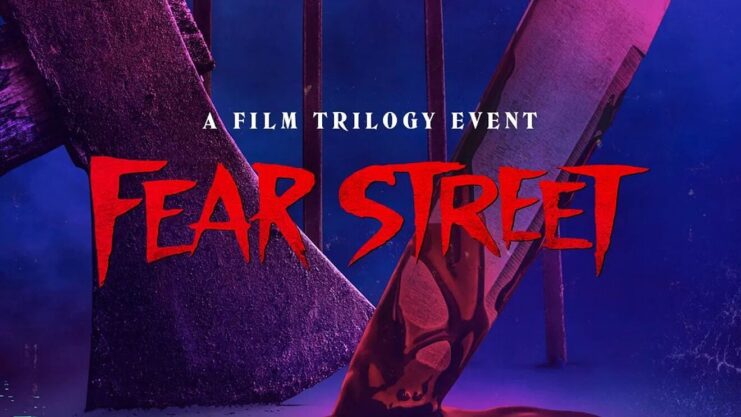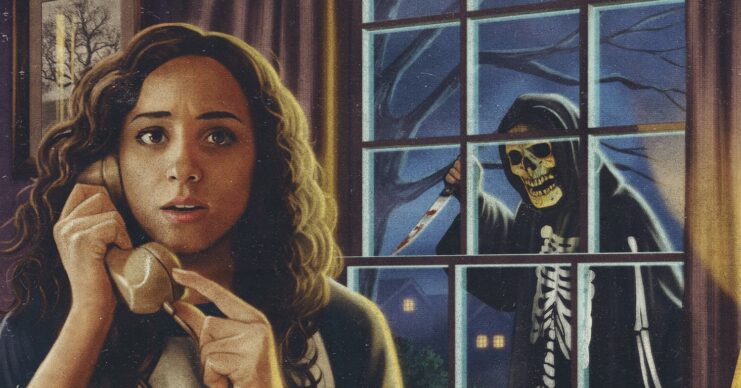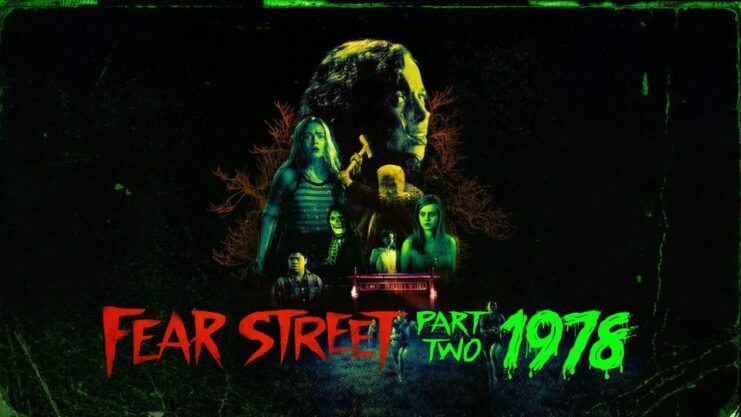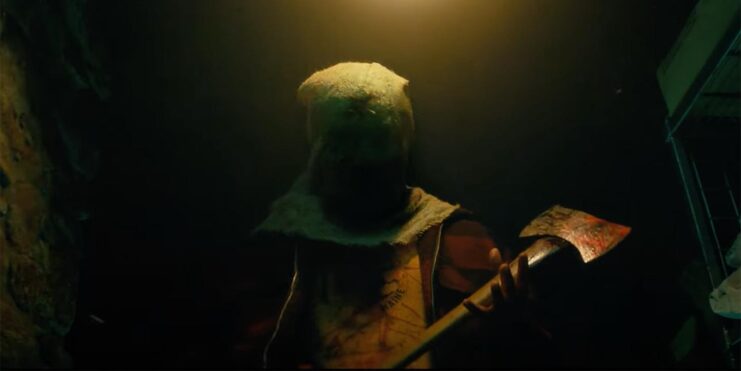The second part of Netflix’s Fear Street trilogy goes back to 1978 for a thrilling summer camp slasher. Drawing on the likes of Friday the 13th, the film delivers plenty of shocks, scares and axe-based horror, while cleverly setting up the third and final installment. Matthew Turner runs and hides.

Netflix’s ambitious Fear Street trilogy – based on the books by R. L. Stine – goes two for two with the second film in the series, which takes an effective stab at the summer-camp slasher genre, while deepening the basic mythology for the trilogy and ramping up excitement for the third and final part.
The final judgment will have to be reserved until next week, but on the strength of the first two movies, the streaming service’s horror event is looking like a pronounced success.
The film picks up immediately where the first installment left off, with surviving 1994 teens Deena (Kiana Madeira) and Josh (Benjamin Flores Jr.) tracking down the only survivor of the 1978 Camp Nightwing Massacre (Gillian Jacobs as C. Berman), hoping for clues that might save Deena’s possessed girlfriend, Sam (Olivia Scott Welch), who’s currently tied up in the boot of her car.
Cue flashbacks to 1978, when sisters Ziggy (Stranger Things’ Sadie Sink) and Cindy (Emily Rudd) are spending the summer at Camp Nightwing. After a creepy incident where the camp’s nurse (Jordana Spiro) attacks Cindy’s boyfriend Tommy (McCabe Slye), Cindy and fellow counselor Alice (Ryan Simpkins) discover that the nurse was the mother of a previous Shadyside Killer and that she’d been investigating the legend of 17th-century witch Sarah Fier.

Things quickly go from bad to worse, when Tommy himself becomes possessed, grabbing an axe and chopping his way through the various campers, just like the masked axe murderer in the previous movie. Meanwhile, rebellious Sadie has her hands full with camp bully Sheila (Chiara Aurelia) and concocts a suitable revenge, aided by nice guy – and future cop – Nick Goode (Ted Sutherland).
Helmed by series writer-director Leigh Janiak, the film makes no bones about its slasher influences (Stephen King gets repeatedly name-dropped), ticking all the expected genre boxes and even pushing the envelope slightly by having the killer chop up sweet, innocent children in addition to the usual horny teenagers. (For some reason, the nurse is the only adult at the camp, the rest of it is run by older teen counselors).
The genre-savvy script does a great job of both advancing the main story (we learn a great deal more about Sarah Fier, including a possible clue towards breaking her curse) and telling its own standalone tale, though the tension is slightly diminished by the fact that we already know that only one person will survive – the film goes out of its way to hide the survivor’s identity, but it doesn’t really work, as it’s pretty obvious.
On top of that, the script allows for some enjoyable callbacks to the previous movie – there’s a nice little origin moment for the axe murderer’s potato sack mask, for example.

Janiak’s direction is extremely assured throughout, generating a suitably tense atmosphere and nailing the tone for both the slasher thrills and the more emotional moments. There are a number of nice touches too, such as a clever juxtaposition of an axe banging away at a door and a character’s legs desperately kicking at a ventilation grille to get free. In addition, Janiak makes some subtle balance-restoring tweaks to genre staples, such as more male nudity than female nudity.
The gore moments are also nicely handled – the first axe kill in particular is wince-inducingly gruesome. Also, if your main problem with Fear Street Part One was that there weren’t enough victims, Fear Street Part Two ups the body count considerably, even if several of the kills take place offscreen.
That’s probably just as well, as it’s actually genuinely shocking that so many of the victims are children, and Janiak includes a couple of sequences that make you really care about the victims you’ve only just met, seconds before they get chopped to bits.
The performances are superb across the board. The sink was an instant hit in Stranger Things and she cements that appeal here, delivering an engaging, energetic performance that’s full of fire. Rudd is equally good, and has an interesting arc that’s genuinely moving and also sort of the reverse of what we’re used to seeing – there’s a good running gag about her swearing.
In addition, there’s strong support from Slye as poor, doomed axe murderer Tommy, while Simpkins does a great job as Cindy’s former best friend. Similarly, in the present-day sections, Madeira continues her excellent work as Deena, while Gillian Jacobs (the series’ biggest name so far) is effective as the still-traumatized survivor.

The film is further heightened by dynamic cinematography from Caleb Heymann, who makes the most of the camp’s locations, and by a fabulously on-the-nose soundtrack that includes tracks like The First Cut Is The Deepest and Don’t Fear The Reaper, alongside other great tunes like Cherry Bomb and The Man Who Sold The World.
If there’s a problem with the film, it’s only that it perpetuates the same decidedly irresponsible way to escape the witch’s curse as the first movie, though at least in this film there’s going to be less likelihood of a copycat incident. Janiak arguably saves the film’s best moment for last, brilliantly setting up the third movie (set in 1666) in a way that guarantees our emotional investment and makes us anxious to see how it will all turn out.
In short, the second installment comfortably delivers on the promise of the first film, thanks to assured direction, a commendably genre-savvy script and a note-perfect cast. Here’s hoping the third installment sticks the landing and brings the trilogy to a satisfying end.

